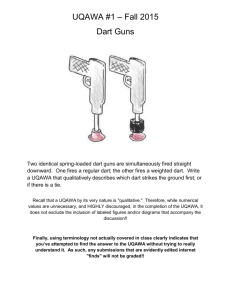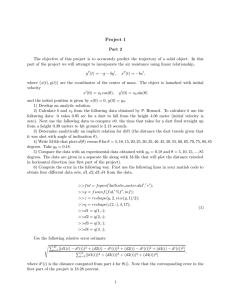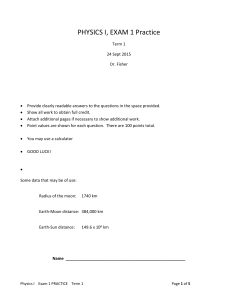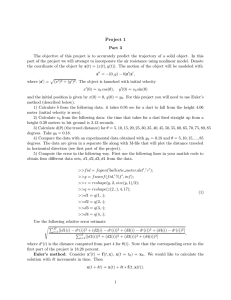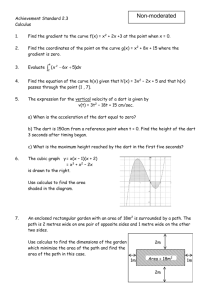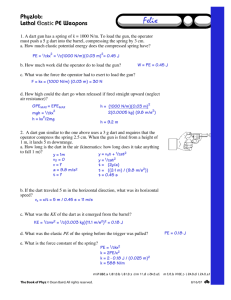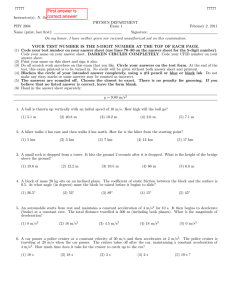DISASTER ASSISTANCE RESPONSE TEAM
advertisement
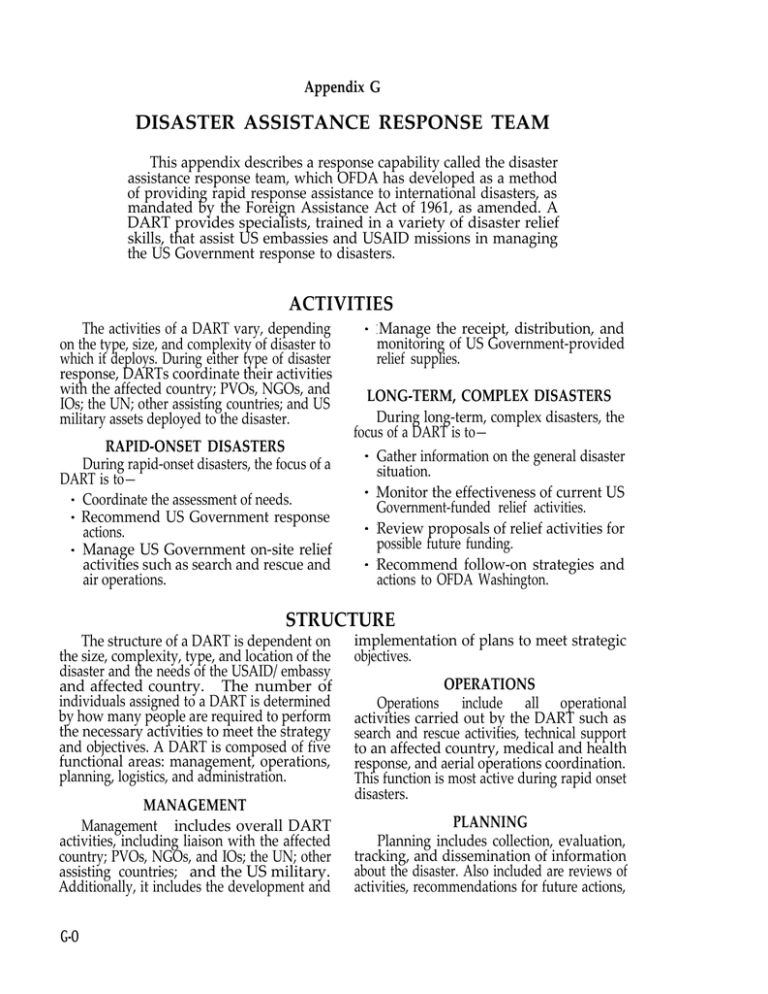
Appendix G DISASTER ASSISTANCE RESPONSE TEAM This appendix describes a response capability called the disaster assistance response team, which OFDA has developed as a method of providing rapid response assistance to international disasters, as mandated by the Foreign Assistance Act of 1961, as amended. A DART provides specialists, trained in a variety of disaster relief skills, that assist US embassies and USAID missions in managing the US Government response to disasters. ACTIVITIES The activities of a DART vary, depending on the type, size, and complexity of disaster to which it deploys. During either type of disaster response, DARTs coordinate their activities with the affected country; PVOs, NGOs, and IOs; the UN; other assisting countries; and US military assets deployed to the disaster. RAPID-ONSET DISASTERS During rapid-onset disasters, the focus of a DART is to— Coordinate the assessment of needs. Recommend US Government response actions. Manage US Government on-site relief activities such as search and rescue and air operations. Manage the receipt, distribution, and monitoring of US Government-provided relief supplies. LONG-TERM, COMPLEX DISASTERS During long-term, complex disasters, the focus of a DART is to— Gather information on the general disaster situation. Monitor the effectiveness of current US Government-funded relief activities. Review proposals of relief activities for possible future funding. Recommend follow-on strategies and actions to OFDA Washington. STRUCTURE The structure of a DART is dependent on the size, complexity, type, and location of the disaster and the needs of the USAID/embassy and affected country. The number of individuals assigned to a DART is determined by how many people are required to perform the necessary activities to meet the strategy and objectives. A DART is composed of five functional areas: management, operations, planning, logistics, and administration. MANAGEMENT Management includes overall DART activities, including liaison with the affected country; PVOs, NGOs, and IOs; the UN; other assisting countries; and the US military. Additionally, it includes the development and G-O implementation of plans to meet strategic objectives. OPERATIONS Operations include all operational activities carried out by the DART such as search and rescue activities, technical support to an affected country, medical and health response, and aerial operations coordination. This function is most active during rapid onset disasters. PLANNING Planning includes collection, evaluation, tracking, and dissemination of information about the disaster. Also included are reviews of activities, recommendations for future actions, Appendix G and development of the DART’s operational (tactical) plan. LOGISTICS Logistics includes providing support to OFDA/DART personnel by managing supplies, equipment, and services and ordering, receiving, distributing, and tracking people and US Government-provided relief supplies. ADMINISTRATION Administration includes the management of fiscal activities of the team, contracts, and procurement of goods and services required by OFDA/DART. Also included are cost accounting of DART activities. A DART team leader selected by OFDA organizes and supervises the DART. The team leader receives a delegation of authority from and works directly for the OFDA assistant director for disaster response or his designee. The delegation lists the objectives, priorities, reporting constraints, and requirements for the DART. See Figure G-1. Based on this information, the team leader, in conjunction with the assistant directors for disaster response and operations support, identifies the other needed positions. The decisions on a DART’s activation, composition, and mission are made at a disaster response planning meeting held in OFDA. Prior to departure, the team leader attempts to contact the USAID/embassy (if present in the affected country) to discuss the situation; review the DART’s structure, size, objectives, and capabilities; and identify the areas of support needed by the DART horn USAID/embassy. G-1 Humanitarian Assistance Upon arrival in an affected country, the team leader reports to the senior US official or to appropriate affected country officials, to discuss the DART’s objectives and capabilities and to receive additiond instructions and/or authority. While in the affected country, the team leader advises and may receive periodic instructions from the USAID/embassy. Those instructions are followed to the extent that they do not conflict with OFDA policies, authorities, and procedures. The team leader maintains a direct G-2 line of communications with OFDA Washington throughout the operation. USAID/embassy and OFDA Washington determine the duration of a DART operation after reviewing the disaster situation and the progress in meeting its objectives.The DART is designed as a highly flexible and mobile organization capable of adjusting size and mission as may be required to satisfy changing disaster situation needs.
